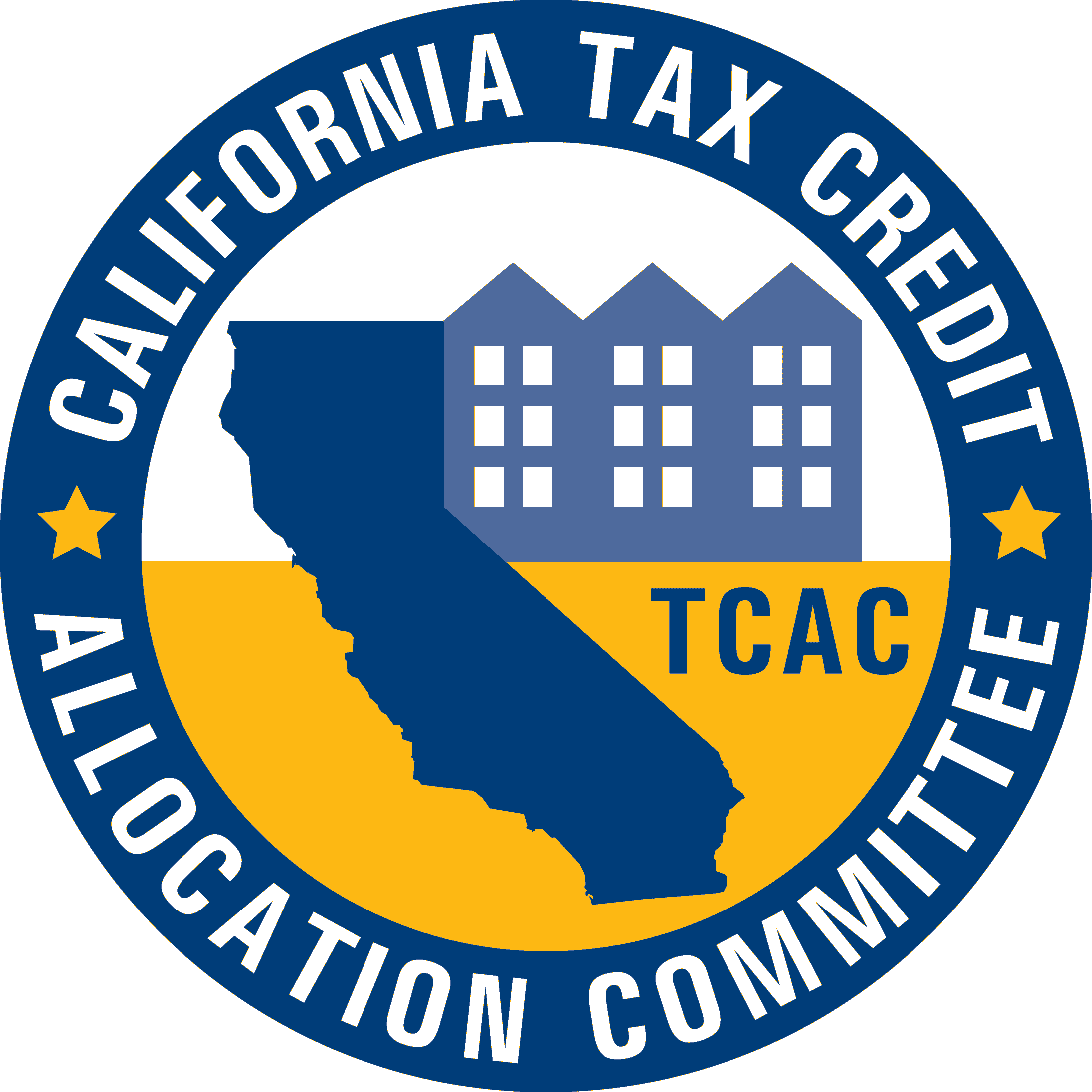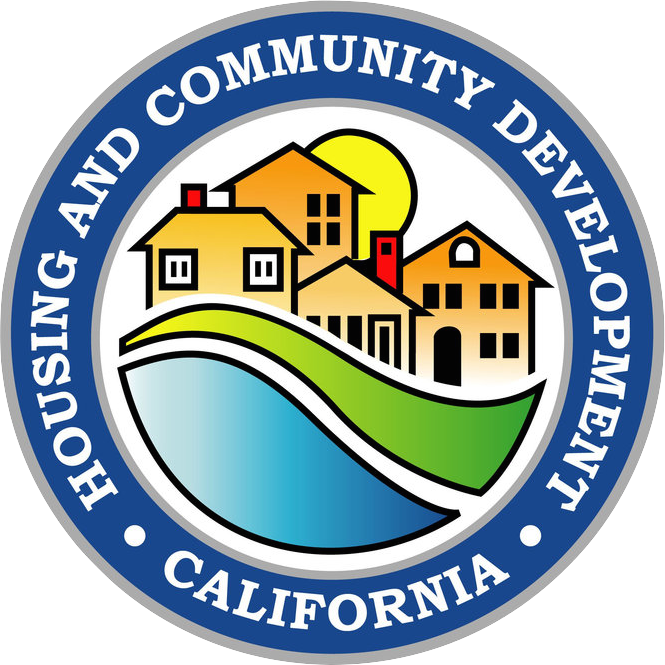×
About the tool
The Affirmatively Furthering Fair Housing (AFFH) Mapping Tool is
designed to assist in advancing multiple AFFH objectives. The purpose
of each mapping tool layer is described below.
Neighborhood Opportunity: The Neighborhood Opportunity layer
identifies areas in every region of the state whose characteristics
have been shown by research to be associated with positive economic,
educational, and health outcomes for low-income families—particularly
long-term outcomes for children. As such, the layer is intended to
inform efforts to advance the AFFH objective of increasing access to
opportunity.
High-Poverty & Segregated: The High-Poverty & Segregated layer
identifies areas that meet standards for both high or “concentrated”
poverty rates and racial segregation. The use of this layer is
grounded in two guiding AFFH objectives: to avoid further segregation
and poverty concentration, and to increase access to opportunity.


